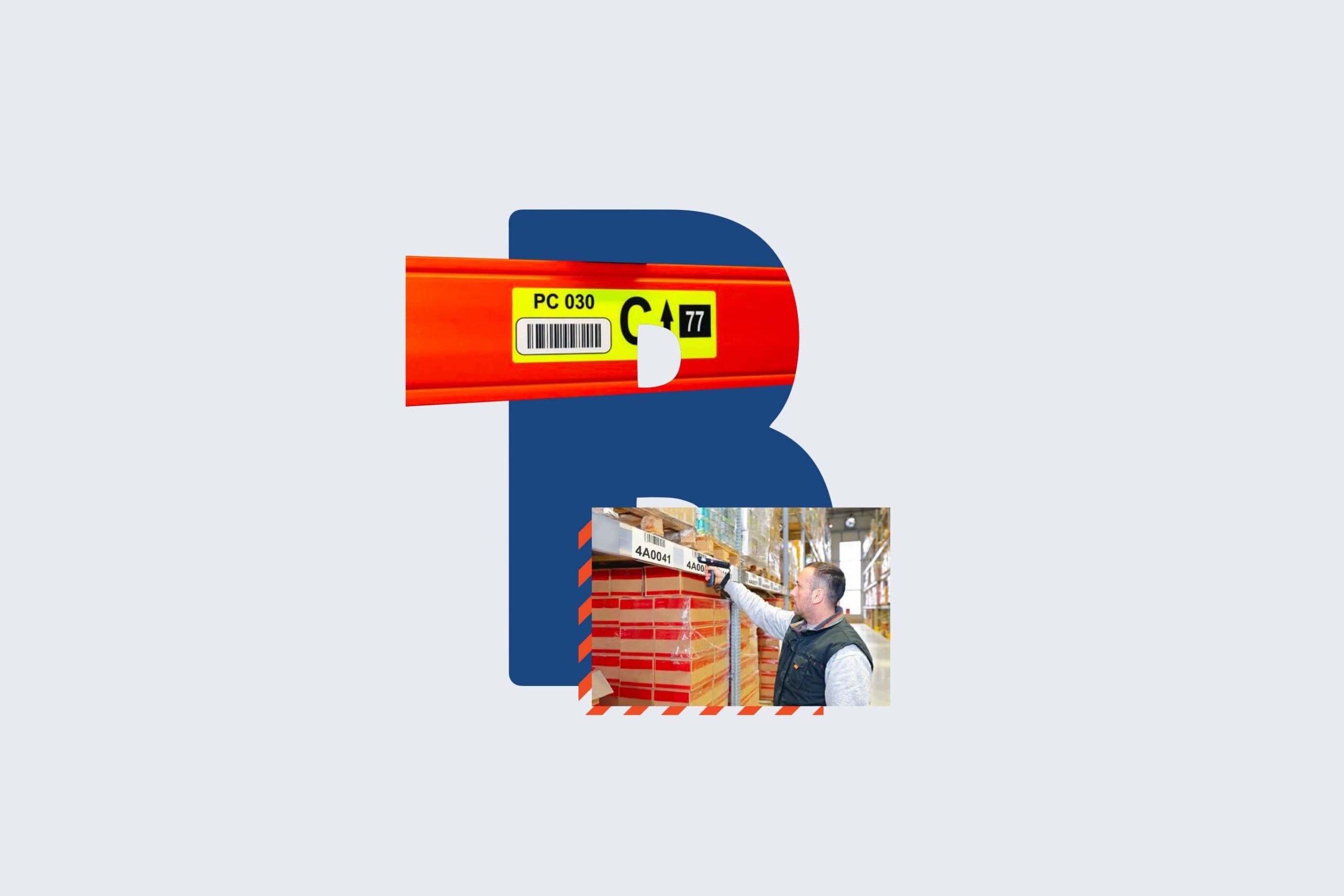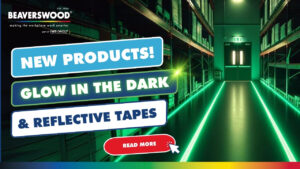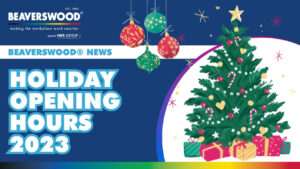Most warehouses now depend on machine-readable labels, as well as inventory signage that’s easy for humans to use. Here’s a guide to barcode warehouse labels to streamline your operations.
Labels that can be read by handheld or robotic scanning equipment are now commonplace in warehouses and stockrooms.
The whole concept of barcodes has revolutionised product identification and storage since its invention in 1951. (Did you know the first version was based on Morse Code?) The concept of barcodes was not commercially widespread until the 1970s though, when supermarkets grabbed the opportunity to speed up payment processes and stock control.
Since then, innovation and speedy label printing services have created wider possibilities for barcodes. Including 2D barcode systems based on dots, rectangles, hexagons and other geometric patterns (sometimes referred to as matrix codes).
Whatever type of machine-readable code you use for your racking, pallets, boxes and individual products, it still relies on one fundamental principle. Barcode labels must be easy to place and scan, to optimise productivity. As well as to avoid mistakes, confusion and wasted time in warehouses and stock rooms.
This can be especially important at peak times when reliably readable labels enable you to keep pace with demand.
What do you need to know, to specify high-performance barcode warehouse labels for efficiency during busy periods?
The best warehouse label
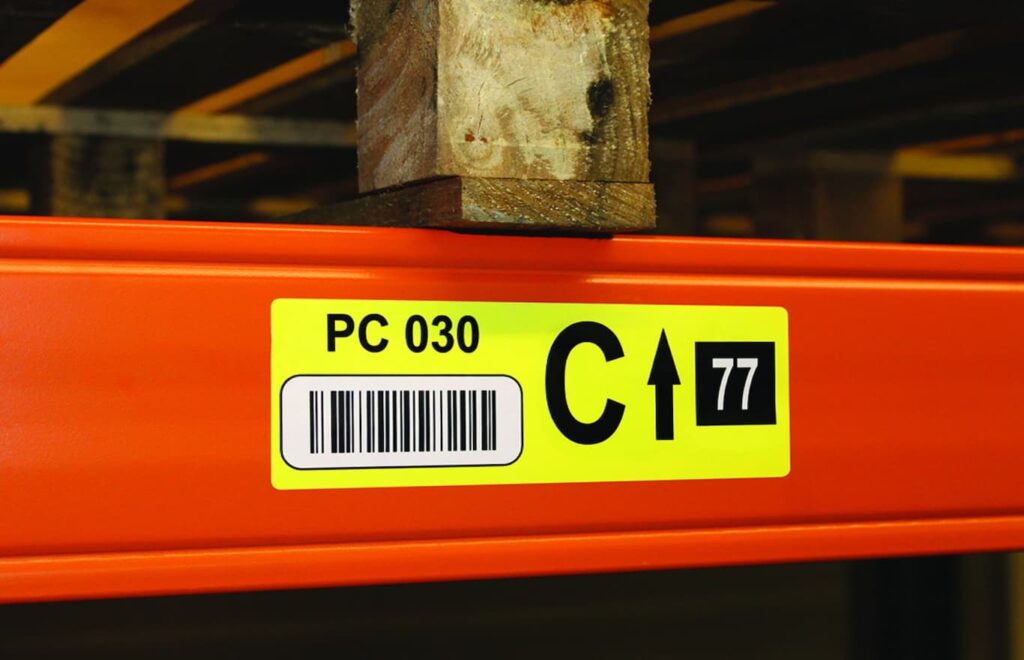
One of the most important things to keep in mind when sourcing barcode labels for warehouses, is that they don’t have to conform to a commonly adopted system. You can revise or update your inventory storage and location processes, at any time you want, using identification codes bespoke to your business.
All you need is a supplier of made-to-order machine-readable labels for warehouses, like Beaverswood.
Also, it’s important to source warehouse barcode labels that are clear and instantly scannable. This is the only way to keep your team fully operational and working efficiently at peak times when mistakes or delays cost money.
Lastly, the best barcode labels for warehouses must be high performance in terms of their durability.
Once you have established your inventory coding system and marked your shelves, pallets and other storage surfaces, you may want an adaptable labelling system you can change quickly. However, you also want labelling products that stand up to wear and tear, so you don’t have to replace them frequently.
Advantages of well-orchestrated barcoding
Being ‘picky’ about the performance of your warehouse labels can bring important benefits. Including that all-important clarity for picking and packing at optimal speeds.
Guaranteeing a fast recognition system in your warehouse manages your staff resources better, and boosts your profitability.
Also, don’t forget that barcodes are not simply a way of locating items quickly and faultlessly in warehouses. They can be adapted to help you with stock dating and rotation for example, or labour-tracking and stock replenishment. It’s incredible how much you can pack into a coding system for warehouses!
Reviewing your warehouse labelling
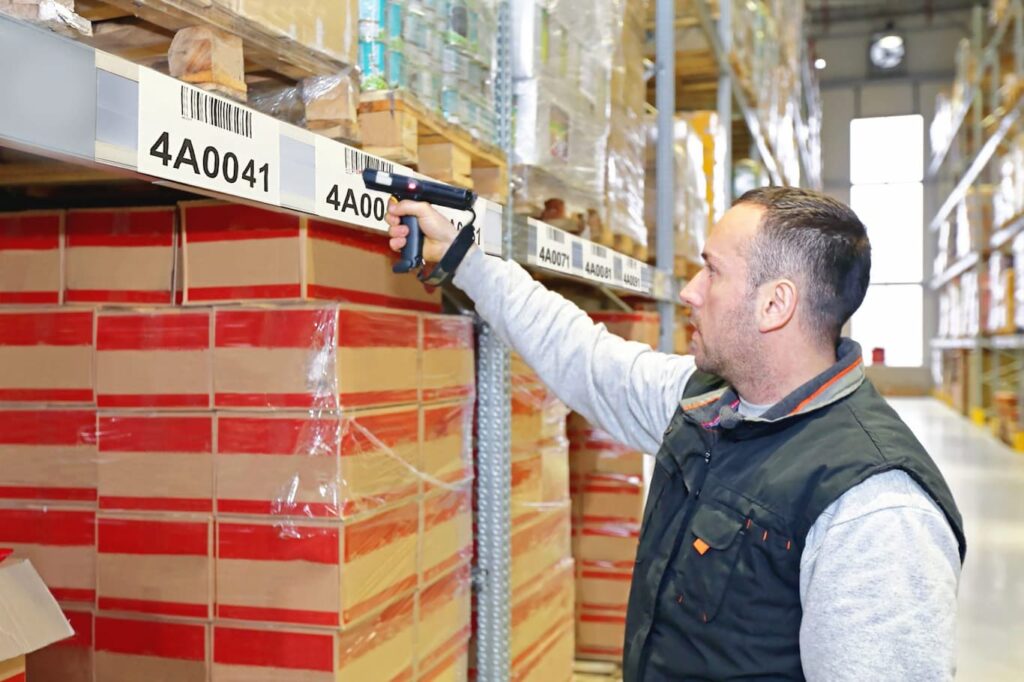
Could this be the perfect time to create a new inventory labelling and identification system for your warehouse operations?
Care needs to go into planning a warehouse coding update, to make sure the switch over is seamless and complete.
Any machine-readable code you use for warehouse identification must be easy to integrate with the stock control software you use, of course. Also, if you’re applying barcodes to individual products, you need to be aware of any standardised industry formats that are applicable.
Beyond that, the recommended way to approach this is to create shortcodes that are bespoke to the size and complexity of your business, but which can be expanded and updated easily. Depending on your scanning technology, decide whether to use 1D or 2D barcode labels.
Then, map out the type and sizes of barcode labels you will need.
Your location specific labels from Beaverswood could be paper, vinyl, adhesive, magnetic or for clear pockets for example. There is also an option of buying multi-colour labels for fast visual referencing. Do you need barcode labels for uprights, split beams or to summarise your aisle contents?
There are also multiple options for barcoding shelving and racking, using a variety of materials and sizes.
The cost of stocking up on barcode labels may prove less than you imagine. This is a relatively inexpensive item, despite its high value in keeping your warehouse organised well under pressure.
You simply need to contact Beaverswood, to commission barcode warehouse labels that work brilliantly, in keeping your organisation on track.

